[If you have a membership to this year's Worldcon (in New Zealand) or did last year (Dublin), we would very much appreciate your nomination for Best Fanzine! We work for egoboo…]

by Gideon Marcus
Things in Flux
I read an article yesterday about how America was retiring all of its first-generation nuclear missiles, the hundreds of Thors, Jupiters, Atlas Ds, Es, Fs, and Titan Is. It's astonishing when you think how short their operational lifespan was. The first Atlas D base came online in 1959; the first Titans were activated in 1962! Yet there they go, replaced by just two types: the solid-fueled Minutemen and the liquid-fueled Titan IIs, both of which can be launched straight from atom-proof silos.

It reminds me of the big science fiction magazine boom at the end of the 1940s. After the War, Amazing and Astounding were among the few genre mags remaining in publication after the big pulp bust. But around the turn of the decade, Fantasy and Science Fiction came about, and New Worlds and Galaxy…and the floodgates were opened. By 1953, there were some forty magazines in more-or-less regular production.
Well, there wasn't enough talent to fill those pages, and probably not enough readers either (I remember struggling to keep up with seven mags in 1957), and by the end of the '50s, we were back down to six. That number has grown a bit since then, but it's nothing like the old "glory days".
Even the magazines that still exist have changed substantially. Astounding changed its name to Analog and went "slick". F&SF is now on its fourth editor, and the quality of its contents is markedly diminished since last decade. Amazing and its '50s born sister, Fantastic, not only got new management under Cele Goldsmith, but she recently got married and changed her name to Cele Lalli!
But Galaxy, my favorite since its establishment in October 1950, seems virtually unchanged. Sure, it went to bimonthly in 1959, it's a little thicker, a little more expensive. Fred Pohl, one of the magazine's primary contributors, now runs the show.
Nevertheless, Willy Ley still does the science column, the contents are still more thoughtful than technical (though less toward the extreme than F&SF), and the names remain familiar: Cordwainer Smith. J.T. McIntosh. James H. Schmitz. Robert Silverberg (though he was in short-pants when the magazine first started.)
And quality-wise, I think it's still, pound-for-pound, the best sf mag on the market. Is it perfect? Hardly, but always worth a subscription. Check out the February 1965 edition, and tell me if you don't agree.
An Island of Stability

A fascinating cover by newcomer "Wright" — it's not connected with any of the stories, as is common for Galaxy.
On the Storm Planet, by Cordwainer Smith
The neat thing about Smith's Instrumentality series, detailing an odd far future, is that it has been around long enough to have a near infinite number of plot threads. In Storm Planet, we are reintroduced to Casher O'Neill, an exile from the planet Mizzer, who had previously searched for aid and arms on a planet of jewels. Now, he has come to Henriada, a tempest of a world where cyclones run amok, and where once 600 million lived, just 40,000 remain — deterred by economic failure in the distant past.

by Virgil Finlay
Upon arriving, Casher is offered a powerful cruiser by the planet's Administrator. The price? Casher must kill a girl.
Not just any girl. She is an underperson, a rightsless animal shaped into human guise to be a servant. Yet, somehow she is the most powerful person on the planet, someone who has resisted countless assassination attempts.
Who T'ruth really is, and why she holds such sway, are the central mysteries of this excellent novella, to which I find I must award five stars.
A Flask of Fine Arcturan, by C. C. MacApp
An interstellar whiskey company has a rather spectacular failure when the aliens responsible for the bottling go on an unplanned jag. A cautionary tale against poor interdepartmental company communications, this epistolary is something of a throwaway. Barely three stars.
Forerunners of the Planetarium, by Willy Ley
If you're of my generation, you grew up during the great planetarium boom, when every educational facility of merit was getting its own interior star chamber. And over the last two decades, they've gotten cheap and portable enough that they're practically everywhere now.
Willy Ley does his usual competent job of explaining the origin of the planetarium and its ancestors, the orrery, the armilla, and the astronomical clock.
Four stars.

The Sixth Palace, by Robert Silverberg
The greatest treasure in the galaxy is guarded by a clever robot who, sphinxlike, demands correct answers to its questions. Two men believe they have an ace up their sleeve that will let them prevail where others have failed: a little computer that knows everything.
Can it be that simple?
There's not much to this tale, but it's told very well. Four stars, I think.
The Man Who Killed Immortals, by J. T. McIntosh

by Gary Morrow
McIntosh has already written about immortality, in his excellent Immortality for Some from five years ago. This time, he adds an interesting twist.
Several hundred years from now, a costly operation enables those who undergo it to live forever — unaging, unchanging. But the downside is enormous: they are unable to heal from any wounds. These "elsies" (for LC or Living Corpse) accumulate great wealth, but they mostly use it to cocoon themselves in exquisite safety.
But someone who calls himself The Avenger, wants to change the status quo. He's begun demanding millions of dollars of elsies lest he slice their vulnerable skin.
A fairly unremarkable whodunnit, it lacks the deep interest of his last story of immortals. Three stars.
Harry Protagonist, Brain-Drainer, by Richard Wilson
Mr. Protagonist sells mental taps on four astronauts so that the American population can vicariously experience the first Mars Landing. Unforseen events interfere.
This joke tale falls pretty flat, though I did appreciate this line:
The Marsbound astronauts…each had an I.Q. no lower than 130 and no higher than 146 (the NASA director's I.Q. was 147).
Two stars.
Fin's Funeral, by Donald H. Menzel
Frederick I. "Fin" Nolan is a brilliant physicist who passes away at the age of 68, just after coming up with a theoretical way to reverse the passage of time (something to do with Steady State expansion of the universe). His will includes the curious request that his coffin be left sealed, and that, at his funeral, the dials on it be set just so.
I'm pretty sure you can guess what happens. It's a pretty prosaic story, the sort of thing I'd expect of a first-timer who hasn't been reading our genre for decades.
(Interestingly, I understand the fellow is actually a brilliant theoretical astronomer — his nonfiction is probably pretty good; Funeral isn't badly written, just novice plot material. Also, I'll put good money down that that the Steady Staters are going to lose to the Big Bangers. Any takers?
Two stars.
Planet of Forgetting, by James H. Schmitz

by Jack Gaughan
Last up is a piece by an old pro. Schmitz is inclined to storytell through exposition, which suits this first-person thriller. It starts intriguingly enough, with a special agent awakening on a wilderness planet with only gradually returning memory of how he got there. The novelette then meanders through a workmanlike adventure story of no particular interest, but the interesting ending brings things back into three-star territory.
All's Right in the Galaxy
As you can see, Galaxy is amazingly consistent. Any of these stories would have been suited to any of the issues over the last 15 years of publication. I'd worry about stagnation, but with a 3.5 star aggregate rating, I don't mind things remaining as they are for a while.
Analog and F&SF, however…they could afford a little change!


![[January 6, 1965] Plus C'est La Même Chose (February 1965 <i>Galaxy</i>)](https://galacticjourney.org/wp-content/uploads/2020/01/650106cover-518x372.jpg)

![[January 4, 1965] Madness: 2, Sanity: 1 (January Galactoscope)](https://galacticjourney.org/wp-content/uploads/2020/01/650104covers-672x372.jpg)


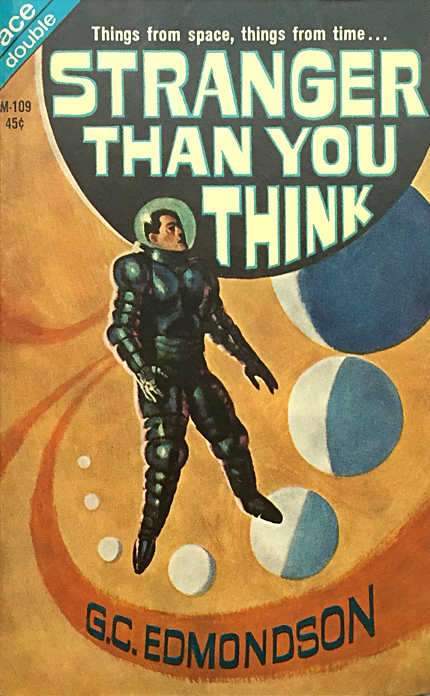
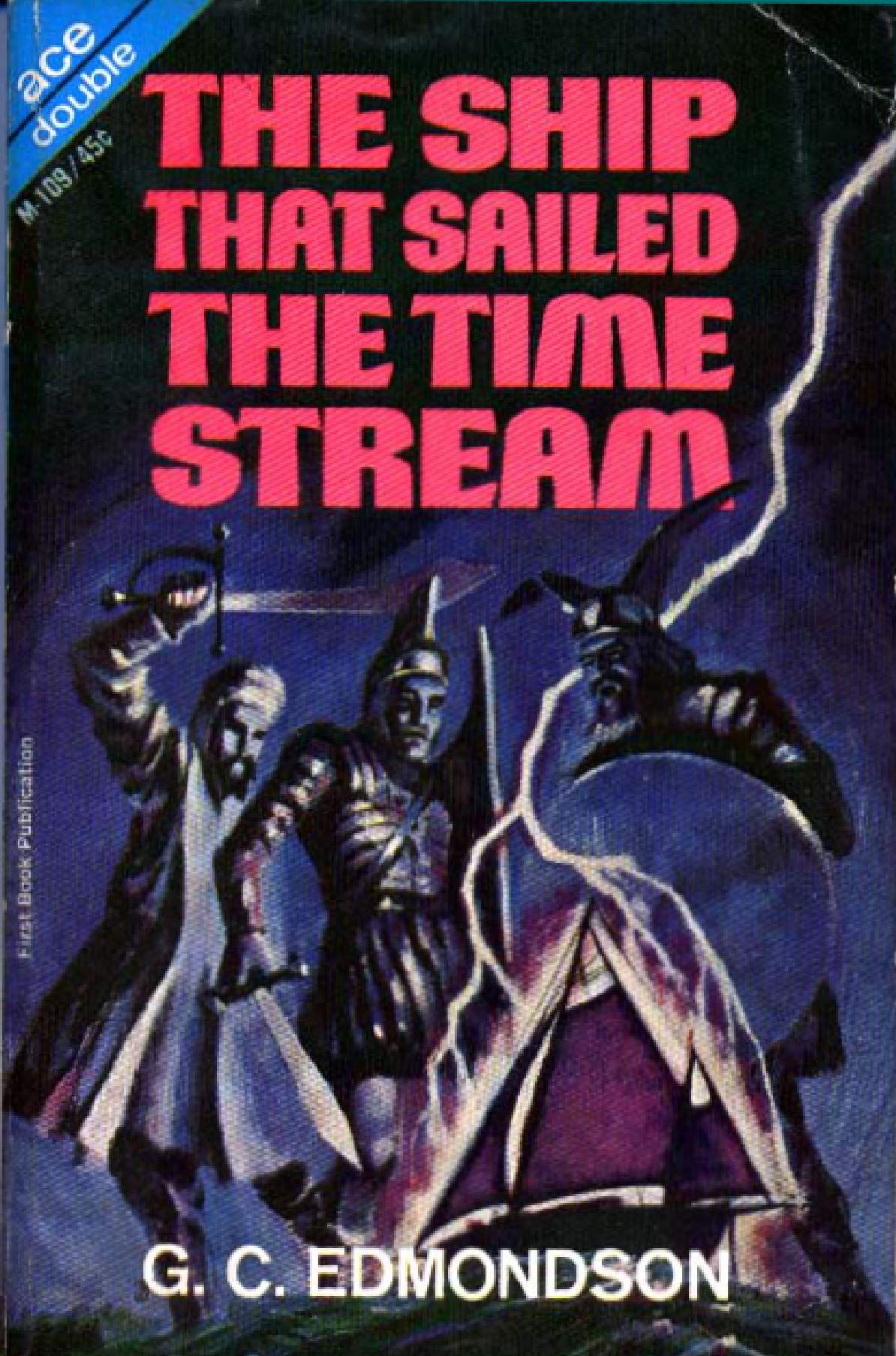

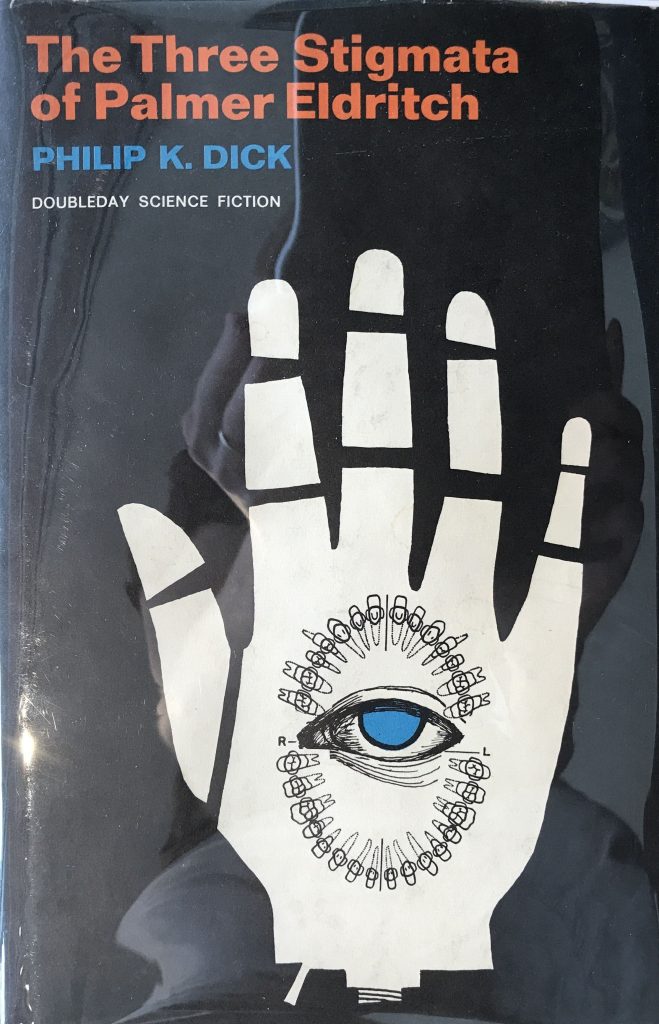
![[January 2, 1965] Say that again in English? (Talking to a Machine, Part Two)](https://galacticjourney.org/wp-content/uploads/2020/01/650102comp-672x372.jpg)

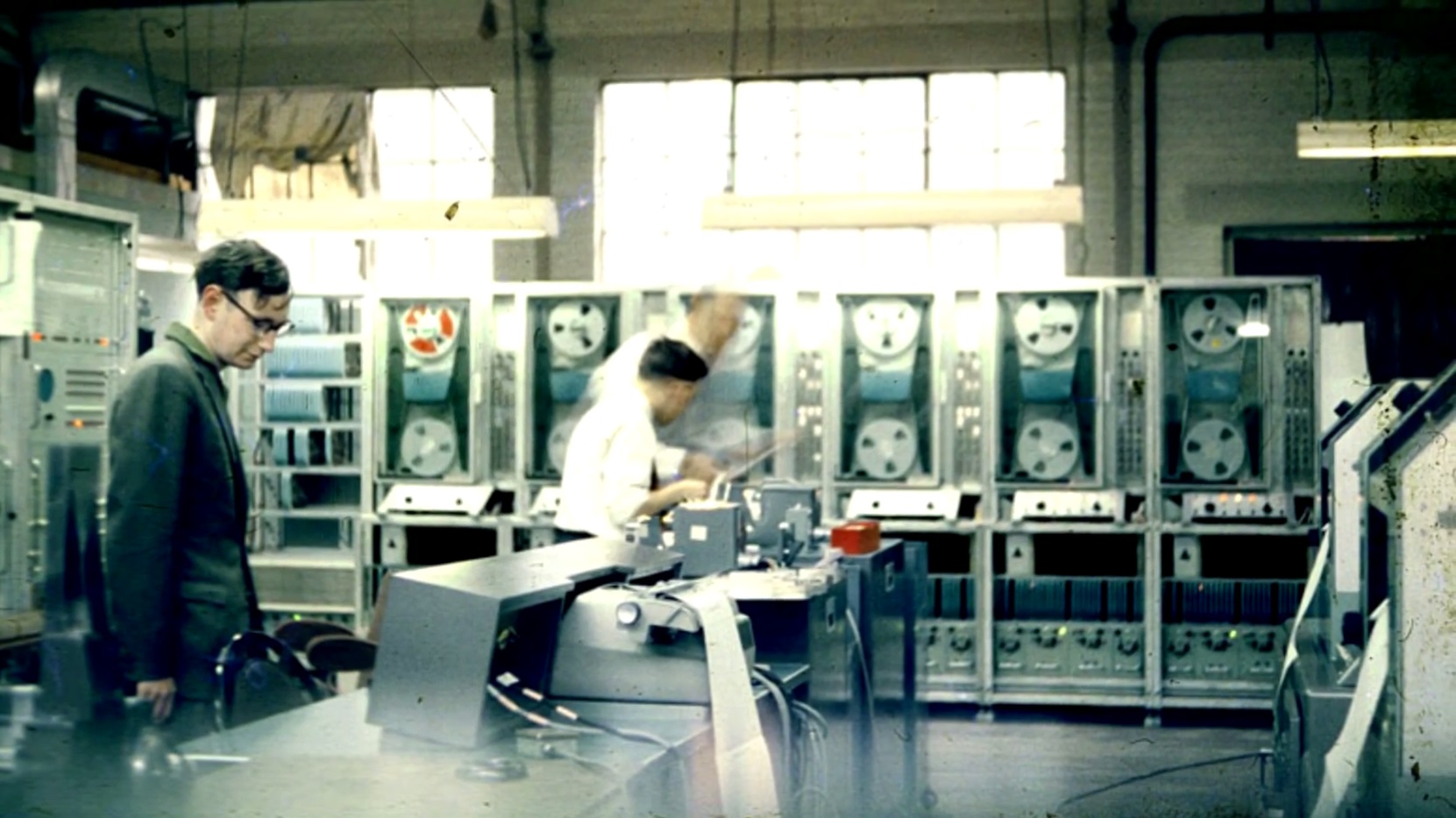
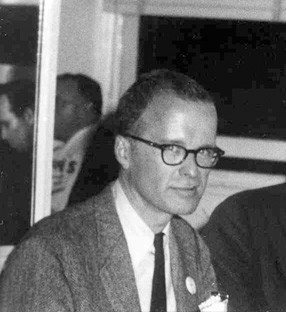





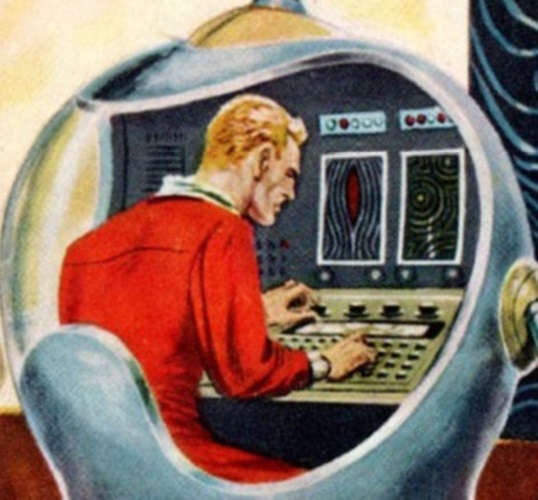
![[November 9, 1964] Shall We Gather At The River? (January 1965 <i>Worlds of Tomorrow</i>)](https://galacticjourney.org/wp-content/uploads/2019/11/Worlds_Of_Tomorrow_v02n05_1965-01_Gorgon776_0001-3-672x319.jpg)














